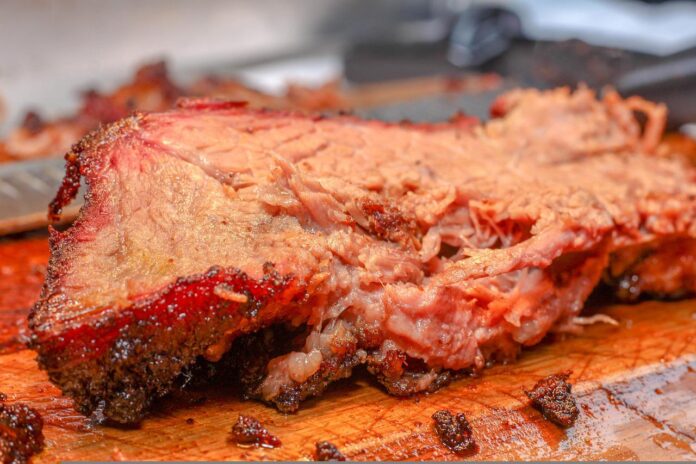There is nothing better than a juicy and tasty piece of brisket. It is delicious regardless of how you cook it: smoked for a Texas barbecue, cured into pastrami, or even oven-roasted for a specific event.
Unfortunately, cooking the perfect brisket can be a difficult task to master. In fact, we’ve all likely cooked a less-than-perfect cut of meat that has turned out to be dry, chewy, lacking in flavor, and just downright inedible.
Thankfully, there are some things you can do to ensure that this isn’t the case! By following and acknowledging these relatively straightforward pieces of advice before you cook brisket, you can ensure that your brisket will be as tender and flavorful as possible.
1. Meat Selection Is Everything
If you find yourself asking “what is brisket?” then we’re here to provide the answers you need.
Put simply, brisket is a tough cut of meat that is perfect for low and slow cooking. Great brisket isn’t about fancy rubs, marinades, or tasty BBQ sauce and is instead all about having a quality cut of meat.
Start with a choice grade or higher brisket. These have good marbling in the fat which will enhance the flavor of the brisket and keep it tender as it’s cooked.
Overall, selecting the right brisket and properly preparing it will set you up for automatic success before you fire up your smoker for the first time.Â
2. Trimming The Fat Is A Good Thing
Though the fat will add some flavor, you will still want to trim off all the large thick pieces of “bad fat.” This won’t render down throughout the cooking process.Â
Briskets will sometimes have a cap on the bottom over an inch thick. Make sure to trim this down a little bit and ensure that the fat layer is completely even.Â
You will also see some gray meat around the edges of the brisket. All you need to do is trim this just enough until you can start to see the redness of the meat.Â
Even after you trim the meat, the “good fat” will remain throughout the brisket to hold flavor and keep it moist.
3. Good Brisket Takes Time
Many people cook their brisket to an optimum temperature. However, you cannot follow this if you want to cook good brisket.Â
Of course, having a high-quality meat thermometer on hand is always a good idea, but you should simply use temperature as a guideline. Instead, it’s more important to rely on the feel of the brisket.
No two cuts are the same which means that the cooking process will differ in length. You will need to cook a brisket for long enough that running a probe in the thickest part of the flat will be tender like warm butter.Â
4. It’s All About The Flavor
You must add extras to give your brisket lots more flavor. The three main ingredients in the greatest brisket rub are salt, pepper, and garlic (SPG). Thankfully, there are many rubs available on the market that contain this popular combination.
A lot of people will argue that a good cut of meat only needs salt and pepper in its rub, but you have free rein to experiment with flavors to figure out your exact taste preferences. It’s all about giving the brisket a delightful depth of flavor.
It is then up to you as to how you would like to smoke a brisket.
5. Brisket Should Be Sliced Against The Grain
If you’ve cooked your brisked right — bought high-quality meat, seared and cooked it at a low temperature over a longer period, and have allowed the brisket to rest — there is still a chance you could make a mistake when slicing.
The right way to slice a brisket is against the grain. This cut of meat contains lots of muscle fibers that run parallel to one another. Cutting with the grain may make the meat tough and chewy, even if you have cooked it perfectly.
Instead, cutting against the fibers will ensure that your slices contain shorter fibers which are easier to chew, leading to the more juicy and tender meat.Â
Summary
Perfecting your method of cooking brisket can be quite a lengthy process, especially if you aren’t sure of how long to cook it for, what flavorings to add, or the type of meat to purchase. Hopefully, these bits of advice will help you to learn and understand exactly what you need to do before you cook brisket.






















